LINCOLN — There’s no indication that consuming alcohol can ward off COVID-19, but that didn’t prevent Nebraskans from trying that last year.
Purchases of alcoholic beverages in the state soared to a record in 2020. That translated into a 6% increase in tax revenue for the state, to $35.4 million.
With bars and restaurants shut down or open with limited capacity, drinkers turned to mixing their own cocktails or popping their bottles of wine or beer at home. Business at liquor stores boomed, and deliveries shot up, which more than offset the loss of sales at barstools and cafe tables.
“If you’re going to be sitting home either by yourself or with your family, it does get boring. So people figured, we might as well make some drinks,” said Laurie Hellbusch, owner of Spirit World in Omaha’s Aksarben Village.
Hellbusch said retail sales at her shop were up 25% from 2019, and Hobert Rupe, director of the Nebraska Liquor Control Commission, said several liquor stores reported record sales in 2020. For Hellbusch, package liquor, beer and wine sales more than offset a 50% drop in purchases at the store’s sit-down bar and its deli, which closed after the pandemic hit.
It was a similar mixed bag at Cornhusker Beverage Mart near 84th and L Streets.
That business’ bread and butter — catering events — cratered, as wedding receptions, open houses and business events were canceled en masse. But owner Nicole Bourquin said a fortuitous, pre-coronavirus decision to join an online liquor delivery service, and then to establish her own delivery app, saved the day.
Deliveries boomed from a handful a month to more than 80 a week, she said, as people stayed home because of concerns about venturing out to stores.
“Because of (deliveries), I can honestly say that total sales were up in two of the four quarters this year,” Bourquin said. “There’s no shame in breaking even in a year like 2020.”
Alcohol sales in Iowa also set a record, increasing 8.2% in the fiscal year that ended July 1.
December 2020 was especially big in the Hawkeye State, with sales up 18.5% over the same month in 2019. Nebraska also saw a holiday surge. Purchases rose 9.8% in December.
The pandemic partaking mirrored a national trend, which has caused some worries about health.
In late September, the Rand Corp., a think tank based in California, released a national survey indicating that the frequency of alcohol consumption had increased by 14% among adults over 30 during the pandemic.
Consumption rose at a slightly higher rate, 19%, for adults ages 30 to 59 and increased 17% among women, Rand reported. Non-Hispanic white males saw only a 10% hike in alcohol use.
The most startling revelation of the survey was that episodes of binge drinking by women, defined as four or more drinks within a couple of hours, shot up by 41%.
Michael Pollard, a sociologist who lead the study, said that alcohol use is a common coping mechanism for emotional and economic distress and that women typically report higher levels of stress than men.
“Particularly during the pandemic, (women) have also disproportionately taken on more child care and work at home than men,” he said. “They have been exiting the labor force at higher rates than men.”
While large-scale studies of the adverse health effects of coronavirus cocktailing haven’t yet been conducted, Pollard said there are concerns. Generally, he said, alcohol use can depress the immune system, making someone more vulnerable to the virus, and can exacerbate mood disorders.
What were people buying during the pandemic?
The Iowa Alcoholic Beverages Division, which tracks sales from the state-controlled liquor stores, reported that Black Velvet whiskey, Tito’s vodka and Captain Morgan spiced rum were the top sellers in those categories of liquor.
The Nebraska Liquor Control Commission, which regulates the privately owned bars and liquor outlets in the state, doesn’t track sales by brand. But its statistics showed that sales of liquor and wine rose by 11.5% during 2020, while beer sales were up only 4%.
Hellbusch, at Spirit World, said that early in the pandemic, customers tended to buy old favorites like Tito’s and well-known wines. But later on, she said, there were more adventurous purchases.
To spur interest in at-home cocktails, Hellbusch started virtual classes to teach budding but isolated bartenders how to mix specialty drinks. That, she said, translated into sales of those products.
“We’ve seen that people are willing to spend a little more and trade up,” she said.
At Cornhusker Beverage, Bourquin said she was forced to innovate after the catering trade dried up. Initially, deliveries were handled by a national company, which she said narrowed the profit margin for her business. The store has since developed its own delivery app, which Bourguin said has improved revenue.
So will this trend of consuming at home continue when the pandemic is over, or will people return to the bars and restaurants? That’s a big question for the industry, and both Bourquin and Hellbusch expect it to be a slow transition, and a mixed bag.
People are discovering that cocktails mixed at home are much less expensive than those purchased at a lounge, Hellbusch said.
Bourquin said delivery of alcoholic beverages, which is permitted under state law, will probably remain a good portion of her business.
“We live in a convenience world,” she said, adding that she sees a slow return to parties and events.
“Everyone’s at such a different level right now,” she said. “Some are ready today for it to be over. Others are saying, ‘I think we’ll wait until next year.’ “
Our best Omaha staff photos of January 2021

Snow covers cars and Blondo Street east of Northwest Radial Highway on Tuesday, January 26, 2021. The Omaha area recorded almost 12 inches of snow the day before.
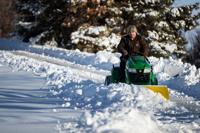
Steve Snow (yes, really) uses a tractor to clear his driveway in Bennington on Tuesday. The Omaha area recorded almost a foot of snow the day before, which lefts roads slick in many spots.
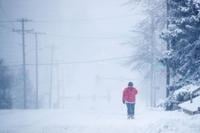
Juan Lentz walks north on 42nd Street towards Leavenworth Street during a winter storm warning on Monday, January 25, 2021. Lentz estimated he had gone about four miles on his five mile walk. He normally takes the bus, but the winter weather canceled bus service, so he had to walk home.
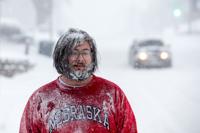
Juan Lentz pauses while walking north on 42nd Street towards Leavenworth Street during a winter storm warning on Monday, January 25, 2021. Lentz estimated he had gone about four miles on his five mile walk. He normally takes the bus, but the winter weather canceled bus service, so he had to walk home.
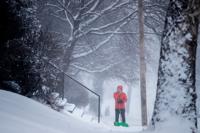
Rob Baum, 68, takes a break from shoveling the sidewalk near his home along Davenport Street in Omaha on Monday, January 25, 2021. At least a half-foot of snow is expected in the Omaha-metro on Monday.
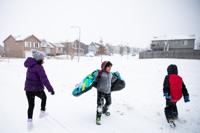
Eliza Rijal, 10, her brother Aryan Rijal, 11, and their neighbor Jordan Rine, 7, run in the snow by their homes near 170th and Fort Streets in Omaha on Monday, January 25, 2021. Forecasters were expecting 10-12 inches of snow in the Omaha-metro area on Monday.

Two people hold hands while walking south on Madison Street toward 27th Avenue in Bellevue during a winter storm warning on Monday, January 25, 2021.

Diesel, a 3-year-old tiger born in Moscow, eats raw ground beef in his enclosure at the Simmons Safari Park in Ashland.

Billy Bluejay reacts to a call against Creighton.

Omaha's McKenna Ruch spikes the ball past the fingertips of Creighton's Jaela Zimmerman in the UNO vs. Creighton volleyball game at the Sokol Arena at Creighton University in Omaha on Friday, January 22, 2021. The Jays won the match in three sets.

Rose Pokorny and her son Ryan Pokorny look through an old plat map book at their business, RK’s Bar and Grill, in Malmo on Friday.
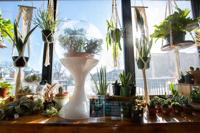
Sydney Sehi’s plant collection has grown to between 75 and 100 since she and husband Sam recently purchased a house in Benson. At top left, a, Monstera deliciosa albo, one of Sehi’s specialty plants. At right, visitors can brew up the perfect mix for their plant at Nodest in downtown Omaha.
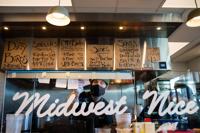
Mike West looks over orders at Dirty Birds inside The Switch Beer and Food Hall in Omaha. The pickled fried chicken place is doing brisk business its first month of operation.

Players gather UNO goalie Isaiah Saville before the start of their game at Baxter Arena on Wednesday, December 09, 2021. Saville has "BLM" and a quote from Martin Luther King Jr. on his helmet.
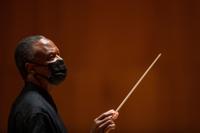
Thomas Wilkins conducts the Omaha Symphony in a performance at the Holland Performing Arts Center in Omaha on Saturday, Jan. 16, 2021.
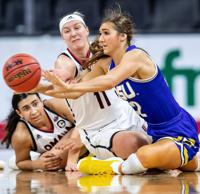
UNO's Claire Killianm left, tries to keep South Dakota State's Regan Nesheim from passing the ball late in the game at Baxter Arena on Friday, January 15, 2021.
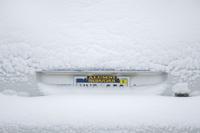
A Nebraska license plate is seen covered in snow during a blizzard in Omaha on Friday, January 15, 2021.

Snow falls in front of a mural near 60th Street and Ames Avenue as a blizzard whips through Omaha on Friday, January 15, 2021.

Jon Jacobs cleans the snow off of his car in downtown Omaha as residents woke up to a blizzard warning on Friday, January 15, 2021. Jacobs works downtown.

About 50 Creighton students were moved into other campus housing after a ricin scare at Davis Square apartments late Thursday.

Jody Weible, a former member of Mead’s Village Planning Board, said she has developed a persistent cough because she lives near the town’s AltEn Ethanol plant. “You can’t open your windows; you can’t hang your clothes on the line,” she said.
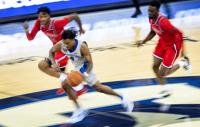
Creighton's Shereef Mitchell takes off on a fast break as St. John's Vince Cole, left, and Greg Williams Jr. pursue in the first half on Saturday, January 09, 2021.
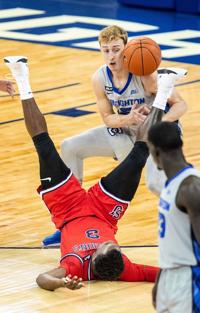
Creighton's Alex O'Connell gets hit by a ball as St. John's Rasheem Dunn falls over while trying to grab the loose ball in the first half on Saturday, January 09, 2021.

Creighton's Ryan Kalkbrenner dunks the ball against Seton Hall's Ike Obiagu.

Seniors Aysha Ridley and Quintin Idt work during a math readiness class at Gretna High School. The class is in partnership with Metro Community College.

Deer walk through snow at Zorinsky Lake in Omaha on Thursday, January 07, 2021.

A snowball is thrown at a counterprotester driving by on K Street on the north side of the Nebraska State Capitol on Wednesday. Protesters had gathered to protest the certification of President-elect Joe Biden's victory.

Fog begins to lift as the downtown Omaha skyline starts to appear as viewed from the Lincoln Monument in Council Bluffs, Iowa on Monday, January 04, 2021.

The front room at the Hepburn home. Megan loves using color; she thinks it’s more fun for daughters Harriet and Georgie. She painted the flower picture.

The Holiday Lights Festival’s New Year’s Eve Fireworks Spectacular fireworks show filled the sky over downtown Omaha Thursday.
paul.hammel@owh.com, 402-618-0009, twitter.com/paulhammelowh
January 30, 2021 at 12:31PM
https://ift.tt/3cmUowG
Alcohol sales hit record in Nebraska amid pandemic; liquor, wine rose the most - Omaha World-Herald
https://ift.tt/31lUVcw
Wine
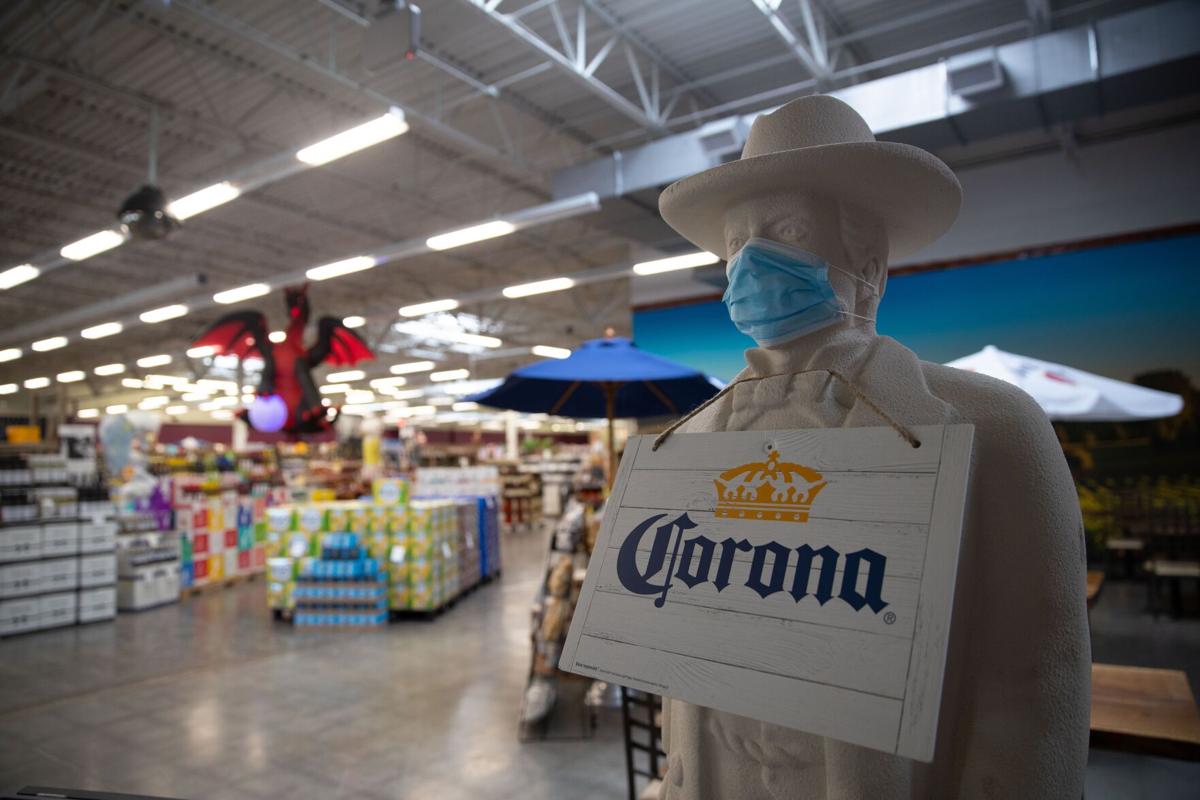
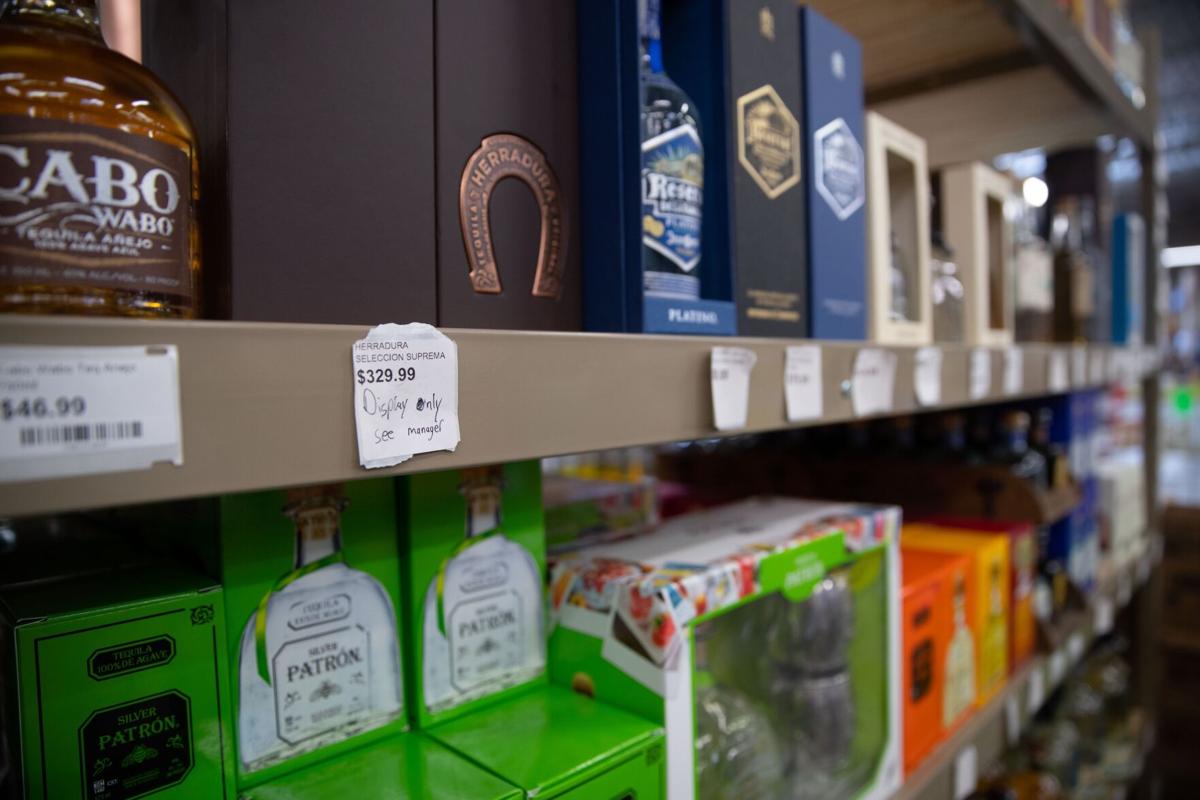
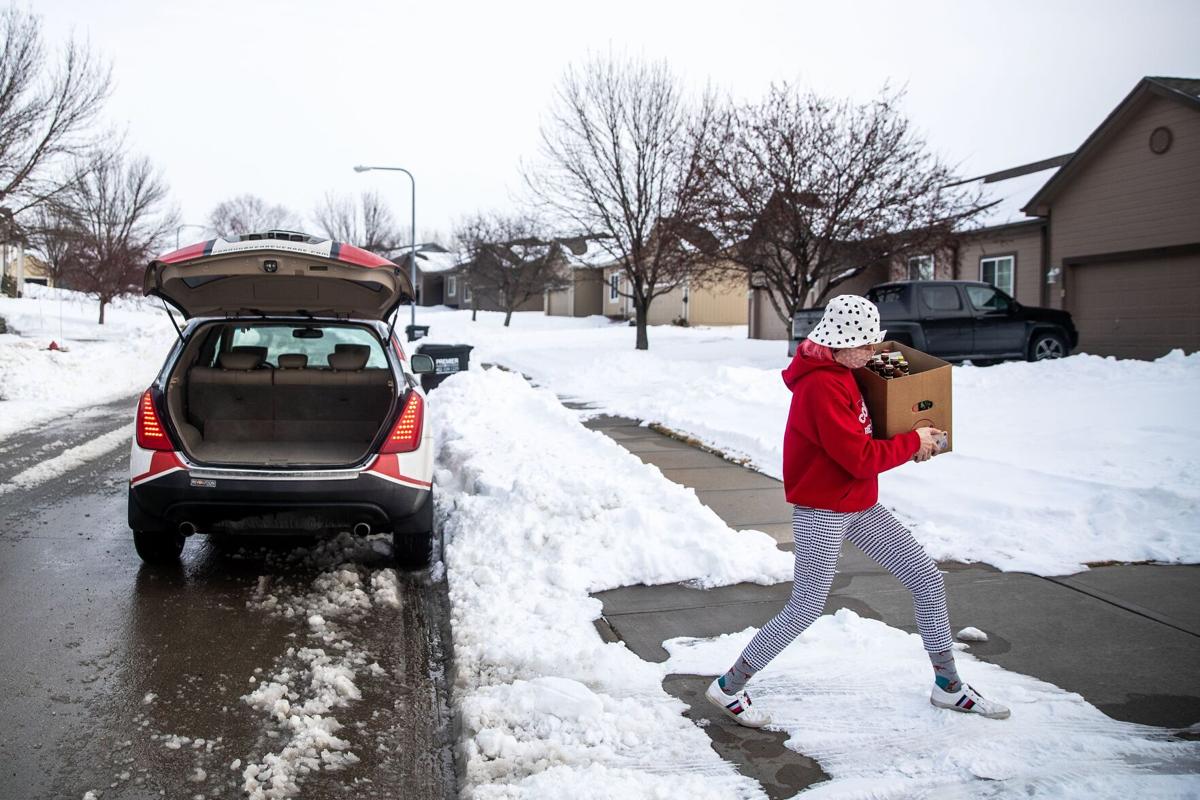
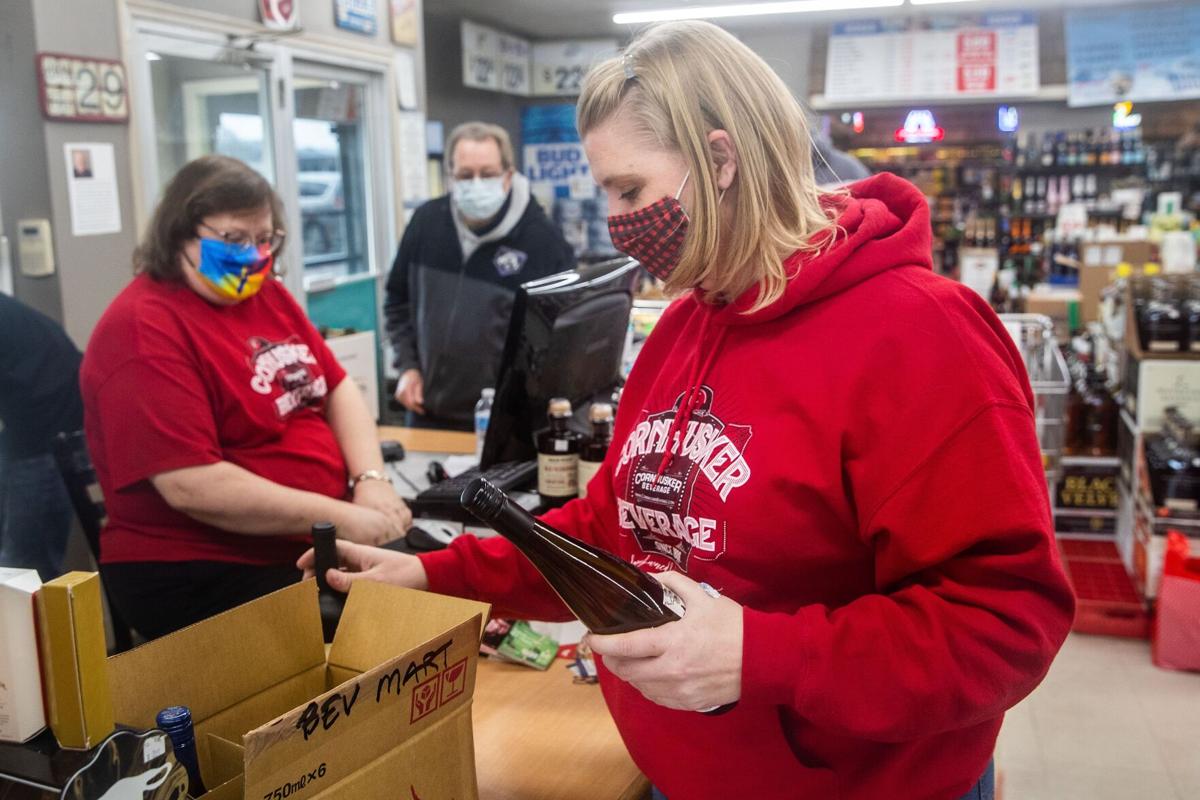
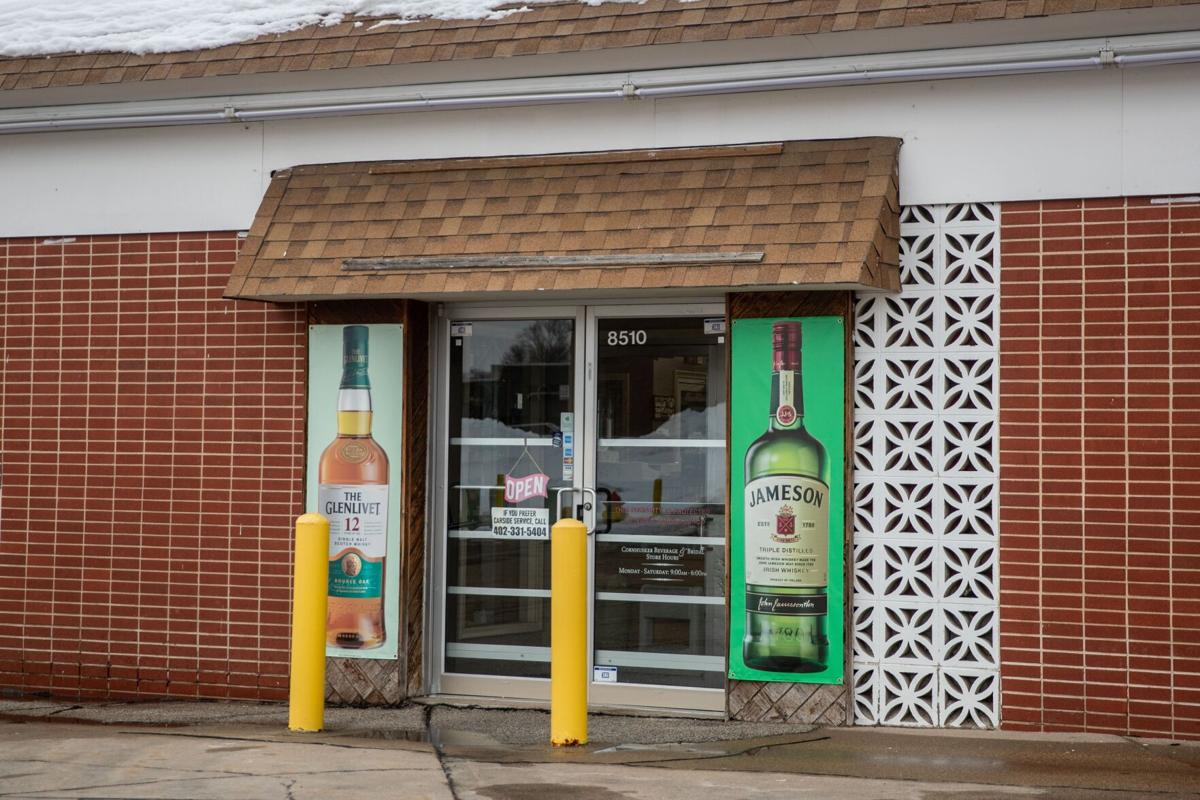
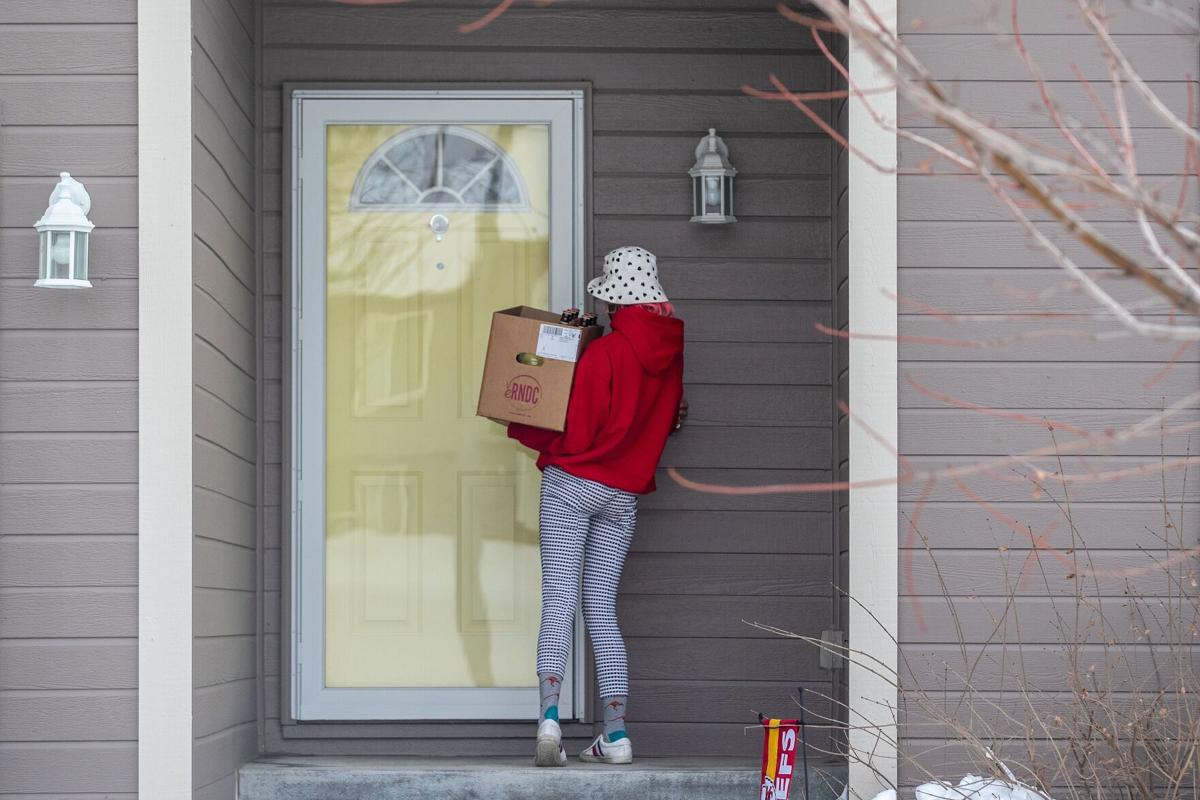
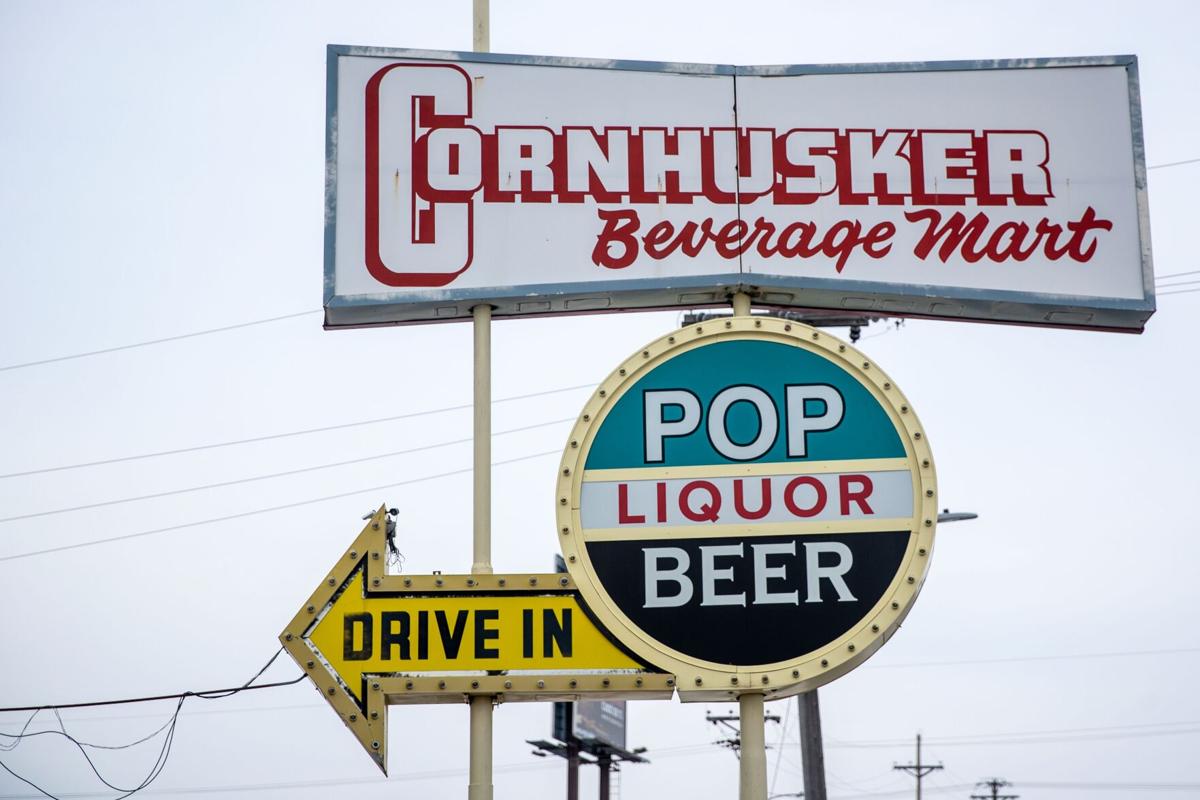
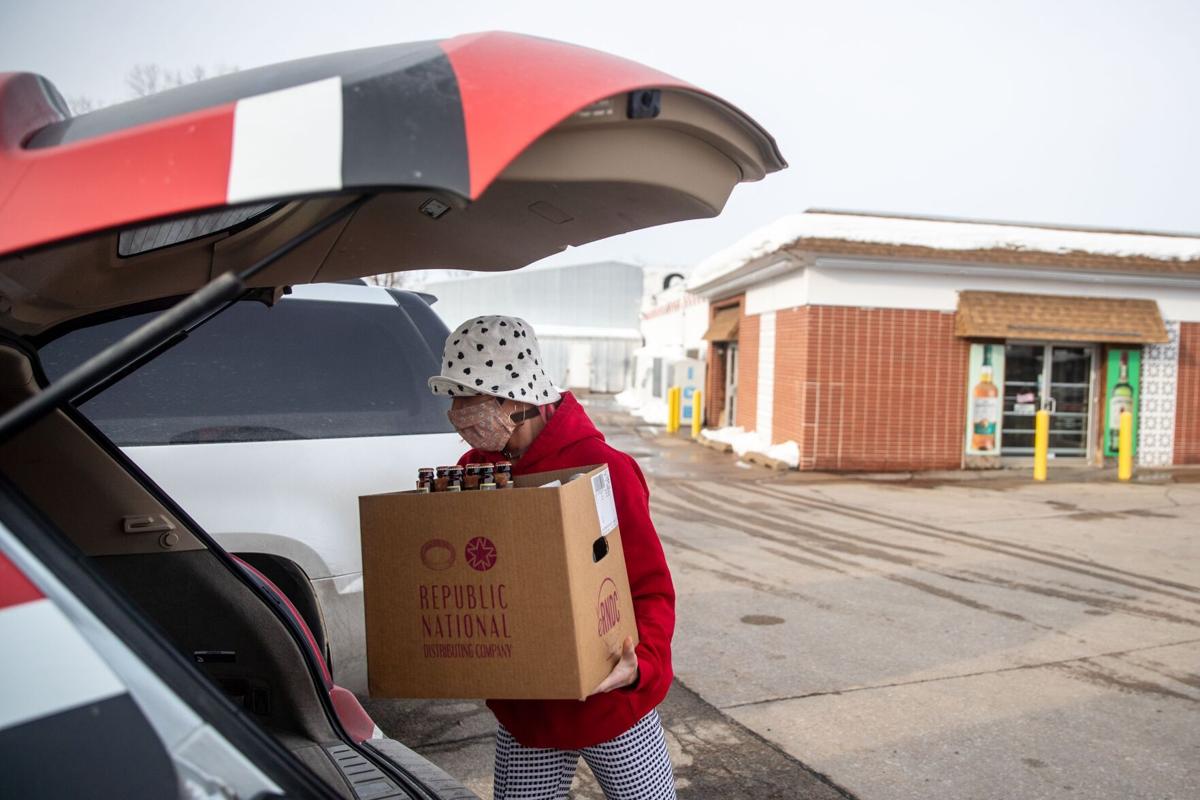

No comments:
Post a Comment